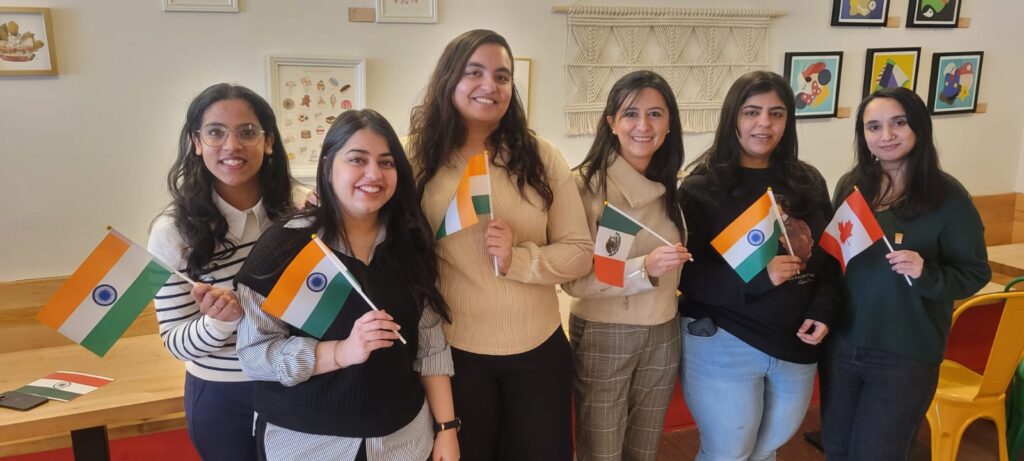Written by Audrey D’Mello
Coming from a country (India) that has around 122 major languages (probably more than this when it comes to the minor languages) that are spoken throughout the nation, it’s no secret that Canadians and others may find it hard to understand international students with their accent.
This linguistic diversity reflects not only the vast array of regional cultures and traditions within India but also the complex tapestry of languages and dialects that shape everyday communication.
For many international students, adapting to the Canadian accent and communication style can be a formidable task, requiring patience, practice, and a willingness to embrace linguistic differences.
Additionally, the prevalence of English as a second language in India does not always equate to fluency in Canadian English, which may differ in pronunciation, vocabulary, and tone.
As a result, international students may encounter challenges in expressing themselves effectively and being fully understood in academic, social, and professional settings.
Nevertheless, these linguistic differences also present opportunities for cultural exchange, mutual learning, and the cultivation of empathy and understanding across diverse linguistic and cultural backgrounds.
Diving into a personal note: I come from a family where English is my mother-tongue but somehow, being in Canada I struggled a bit to address certain thoughts and opinions to others.
For example: For instance, during my time working for the Santa Day Parade, our tasks often involved distributing free giveaways like seat cushions. On one occasion, while chatting with a teammate, I casually mentioned that I was enjoying a coffee from Tim Hortons . Later, as I finished my coffee, I politely excused myself from the conversation to dispose of the cup.
When I mentioned this to my teammate, I casually remarked, “I need to throw this in the dust bin.” To my surprise, she looked at me with a puzzled expression and asked, “What did you just say?” Initially, I worried that I had unintentionally offended her. However, she clarified with a laugh, “It’s called a trash can,” followed with “Where exactly did you say you were from?
This seemingly minor interaction served as a reminder of the nuances of cross-cultural communication. While it was a simple correction, it prompted me to reflect on the importance of understanding cultural differences in communication.
Moving on to the next part of this article: How to avoid these kinds of situations? The reality is, you can’t always avoid such instances.
Effective communication, particularly through networking, holds significant importance.
However, many individuals struggle with knowing where or how to begin. To alleviate any initial awkwardness, initiating conversations with simple topics can be helpful:
- Starting with introductions: “What’s your name?”
- Exploring common experiences: “Are you an international student? If so, what are you studying?”
- Seeking common ground: Discussing shared interests such as hobbies, nostalgia for one’s hometown, or aspirations for the future.
These conversation starters serve as a bridge, facilitating meaningful connections and building rapport.
In conclusion, remember that each country boasts its own unique norms, traditions, and ways of life. With time, you can learn to adapt to these differences. It’s crucial to approach them with respect and a willingness to understand, as this builds better interpersonal connections that could help you in the long run.

